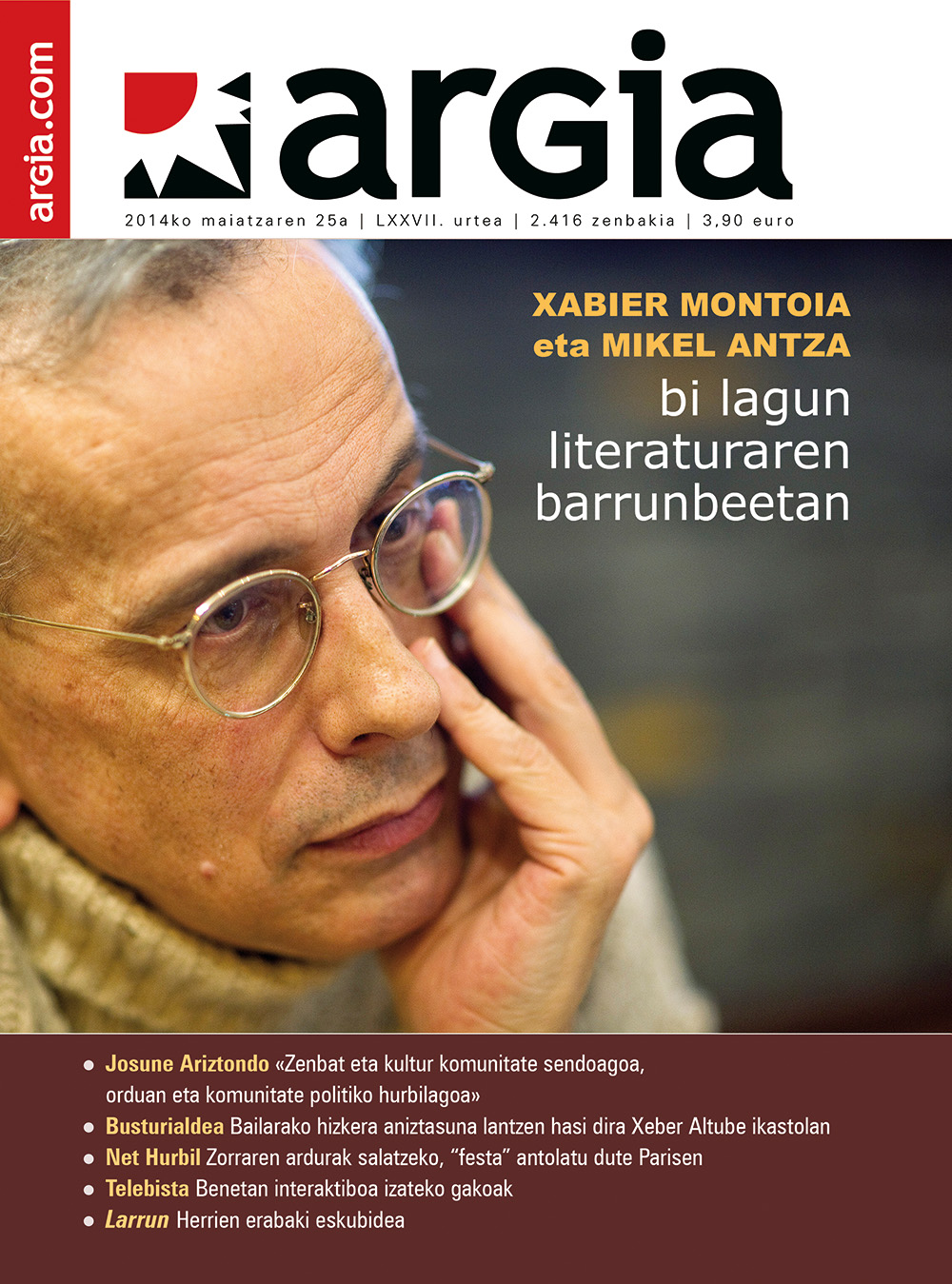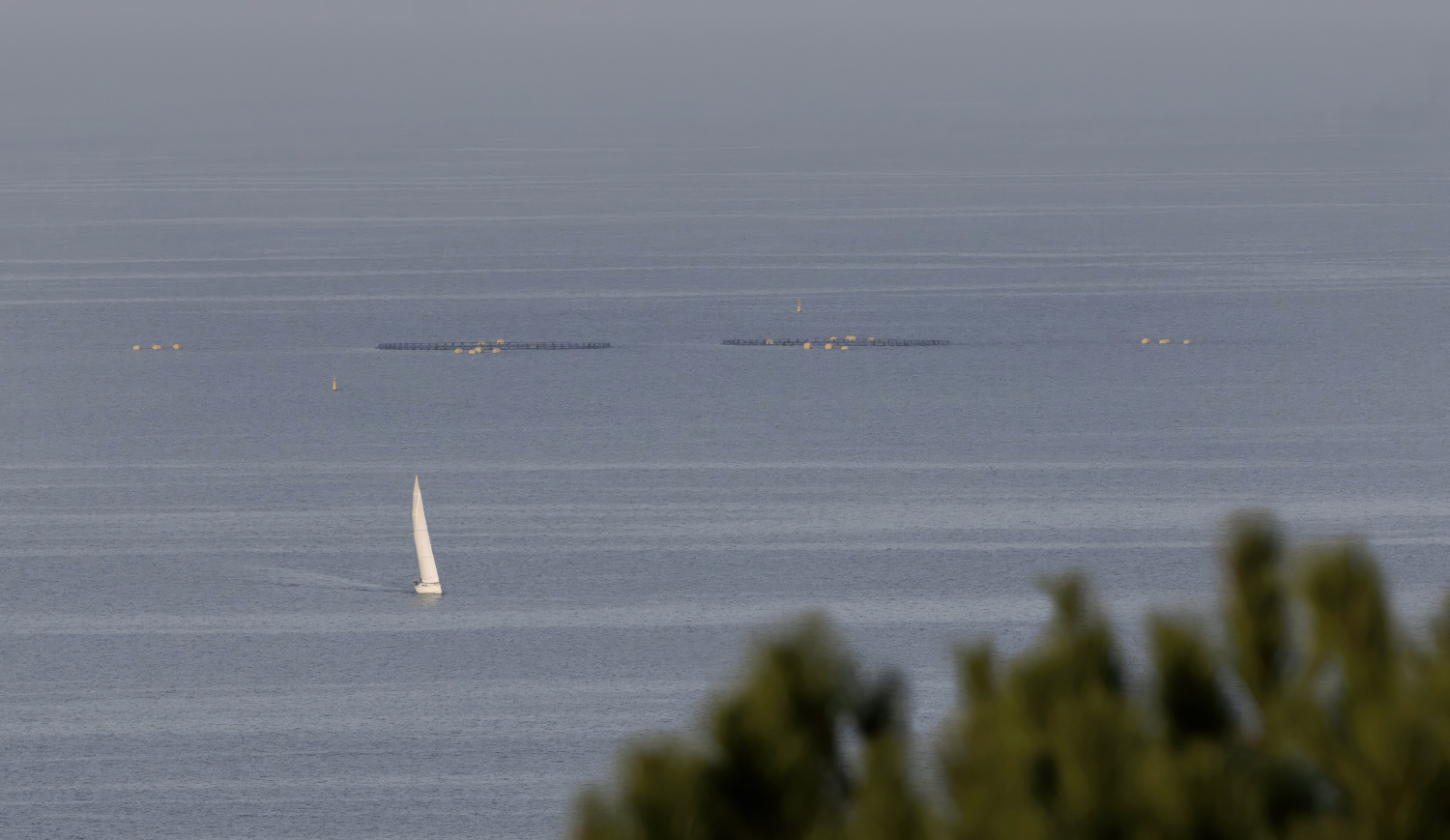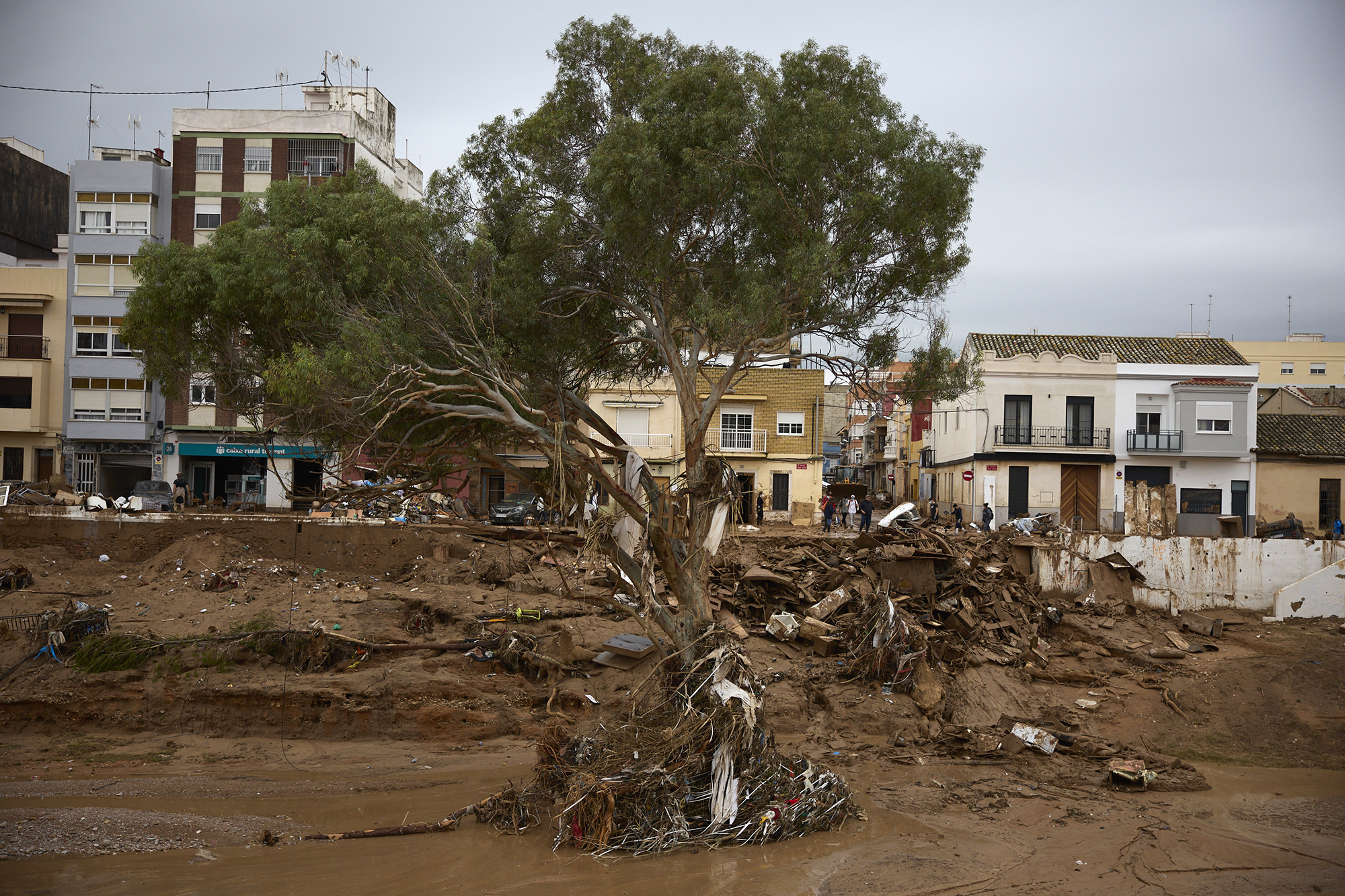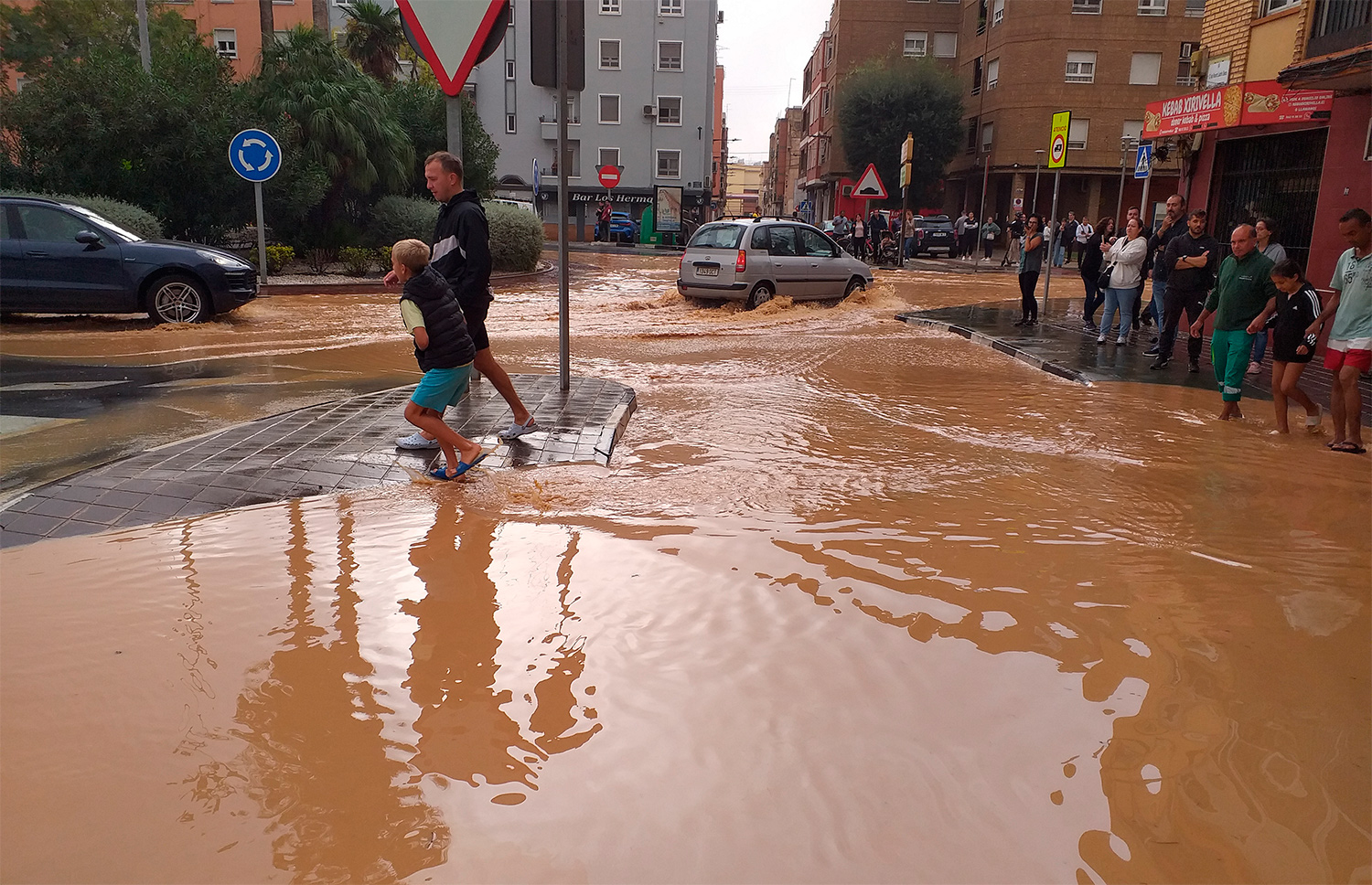Pasileku, Village Heart Recovery Project
- The crisis has made us see empty buildings and public spaces that have been built without thinking much about their use. The collective M-Etxea has proposed that citizenship, that is, users, and designers collaborate to avoid sterile and sterile public spaces. The project started at the Paseo de Gernika-Lumo: Pasileku, for this place to be the heart of the people again.
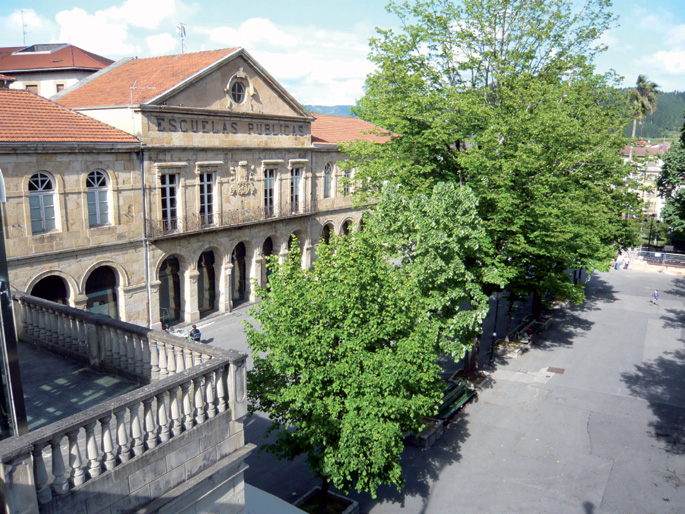
The participatory process has been extended from November to May to make a collective reflection on the use and nature that the Paseo should have. The people of Gernika wanted to claim the Tour for all the people. Anyone who has ever been to Gernika-Lumo will know the place: the U-shaped public school that kept the bombardment (school of boys, 1885, and girls, 1927) and the giant plaza of the facade. Around it there is an outdoor amphitheater and a viewpoint called a “sacafaltas” balcony. Only part of the building is used. There are the Busturialdea Education Consortium, the seat of the local retiree association, the subcontracted children ' s playground and the seat of the Elai Alai Dances Group. The other half is empty since the Gaztetxe left. They were the ones who proposed to the Committee on Culture to start thinking among all about what to do with it.
But the desire to give more use and life to the Paseo is not the project of yesterday morning. What happens is that the building itself is attached to the Department of Education and that, for any other use, agreement between the parties is necessary. In other words, the Basque Government (because it does not need it) has to give up its use and the City Hall has to approve the project. The Committee on Culture decided to promote a participatory process, taking into account all these conditions. The objective, therefore, has not been to decide what to do with the building and its surroundings, but to define the character of this public space and to define the service it should provide to the people.
During the process it has been observed that most people talk about Paseo in the past. It looks like a space of memories for most people in Gernika, although there are still many active users. So from the very beginning, one of the desires of the process has been to explain how space should be. As explained to us by those of the collective M-Etxea, “we begin by reaching the present. Knowing the importance of the past, and the appreciation of everyone for the place, we wanted to realize what we want the Paseo to be from now on.” The first step was the cataloging of the uses of the Paseo to know the role that the Paseo must have within the network of Gernika.
The collective M-Etxea, which emerged from the San Sebastian School of Architecture, aims to transform disused spaces, working on organizational and development initiatives. This has been explained to us by Nagore Goñi and Diego Grisaleña. Both have guided the process carried out in Gernika on behalf of the Committee on Culture. They have always been clear that the involvement of the City Hall was also necessary, “because the participatory process is not limited to questioning the people, but should be a meeting point for all the agents”. Before starting the debate it became clear that “the investments that the City Hall could make in the future would respond to the identified needs”. Otherwise, the process runs the risk of being discarded without compromise. For this reason, M-Etxea has sought the active involvement of the City Hall, and in the workshops a representation of the municipal political groups that have discussed with the citizens has participated. “The result of participation is enriching in this sense, because it brings together all aspects: the technical and specialized visions will develop this specific aspect, the institutions the administrative aspect and the popular will. What unites all of them is what is truly enriching,” say Goñi and Grisaleña.
Three main intentions
Once the current uses have been established and their contribution to the diversity of character that the Paseo should have, it is agreed on one hand to foresee the Txoko Infantil as an alternative to saddles or premises. If young people are already users of space, it has been considered essential to increase their use and for this reason it has been decided to reflect together with them. On the other hand, it is clear that the characteristics of the Casa de Cultura y del Paseo should coincide, complementing the public cultural use. To do this, two proposals have been made: to bring the municipal library to the Paseo or to offer in the Paseo the workshops held in the Casa de Cultura, and thus to expand the library service in the Casa de Cultura, which would mean starting to talk about technical characteristics. Finally, it has been considered essential to recover in general the shelters and buildings of war that are currently based in the homes of retirees, as a heritage of historical memory and the people, since they must be valued and recognized with the dignity they deserve. The City Hall has no plans for the conservation of the existing heritage and the deterioration of the buildings is more pronounced. In short, the need to turn around the loophole that has taken the walk both on the outside and inside has become apparent.
The M-Etxea people have recognized that it has been an intense and enriching process. It has also seen the need to concretize the project more and in May it has been explained to the rest of the citizens what has given the process so far, informing what has happened so far and organizing a double workshop: to agree on the Paseo that the young people would want and to concretize the intervention in the plaza.
Social urbanism
Obviously, this type of participatory process can lengthen the time to implement the initiative. But a more social planning of urbanism has been achieved because a public space is to be organized that will go ahead with the involvement of the citizens. In addition, it has been the experts in architecture and sociology who have served as guides on the subject. The core has been the consideration of the function that current and future users want to give to the Paseo. The workshops have completed the identification and diagnosis of the use of the public spaces and buildings of the municipality; the relationship between the use of the building and the space has been defined and the characteristics that it should fulfill for the future have been agreed upon.
A total of 56 people participated in the workshops over four days. Previously, interviews had been conducted with more than 40 groups, entities and agents of the locality, in order to take into account their opinion. The Committee on Culture, Youth, Education, the Media and Sport has been aware of all the steps taken by a special team. M-Etxea's motivation is to proactively investigate the use of architectural and urban space: “Architecture is a good way to rethink the use of spaces. We start from the architectural reality, but from a sociological perspective”. Thus, during the Pasileku process, the sociologist of Gernika Olatz Longarte has turned himself fully into the task. “We believe a sociological approach is necessary to know the structure of the people, how the people work, what the agents are and do a complete X-ray. Moreover, it has also served us for the sociological analysis of the workshops, to balance the profiles of the participants, for example”.
A prestigious architect comes from London to a small Galician town. It is David Chipperfield, a building with offices in Berlin, Milan and Shanghai, and has a large team of buildings. An elegant, refined architecture, made by a Sir. The story begins in the village of Corrubedo... [+]
In recent weeks it has not been possible for those of us who work in architecture that the climate phenomenon of Valencia has not been translated into our work discourse. Because we need to think about and design the path of water in decks, sewers, plazas and building parks. We... [+]
To have a car (private) in Japan it is mandatory to have a parking (private). The measure seems controversial, as the regulation (the securities systems here) allows the occupation of spaces where the car deposit is public. That is, the problem is conceived as a responsibility... [+]
I have few friends with a European feeling, I do not know whether Europeity becomes an identity. But when we travel to Europe, a friendship may emerge, because the main areas of territoriality that are taking place in Europe and in Europe are shared, where it is decided to... [+]
Iruñeko Txantrea auzoko kale-izendegian frankismoan errepresaliatuak izan ziren hamar emakume gogoratuko dituzte. Ekitaldia egin zuten atzo eta auzoaren hegoaldean dagoen plaza bat oroimen gune ere izendatu zuten. "Garrantzitsua da historian gertatutakoa gogoratzea;... [+]









